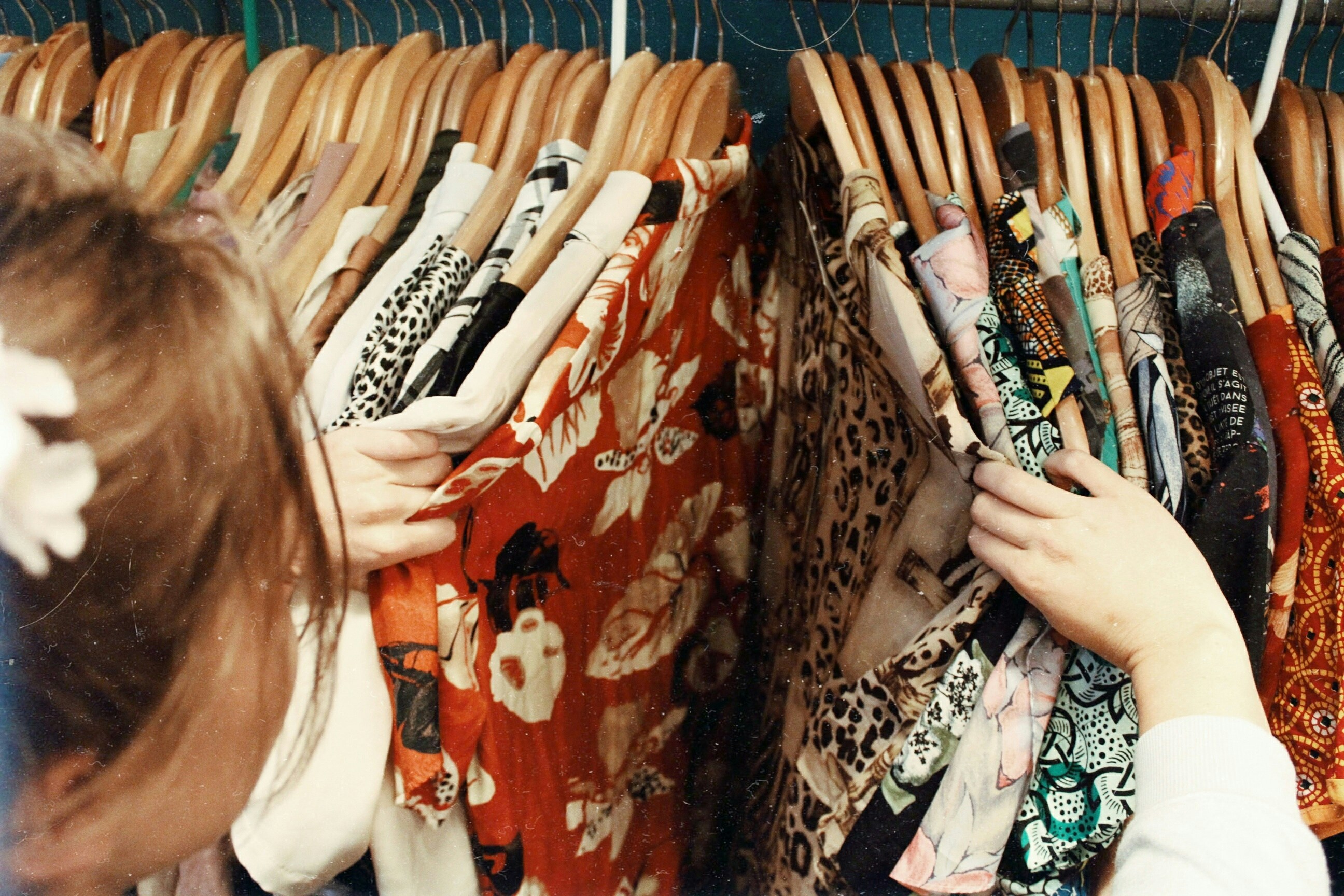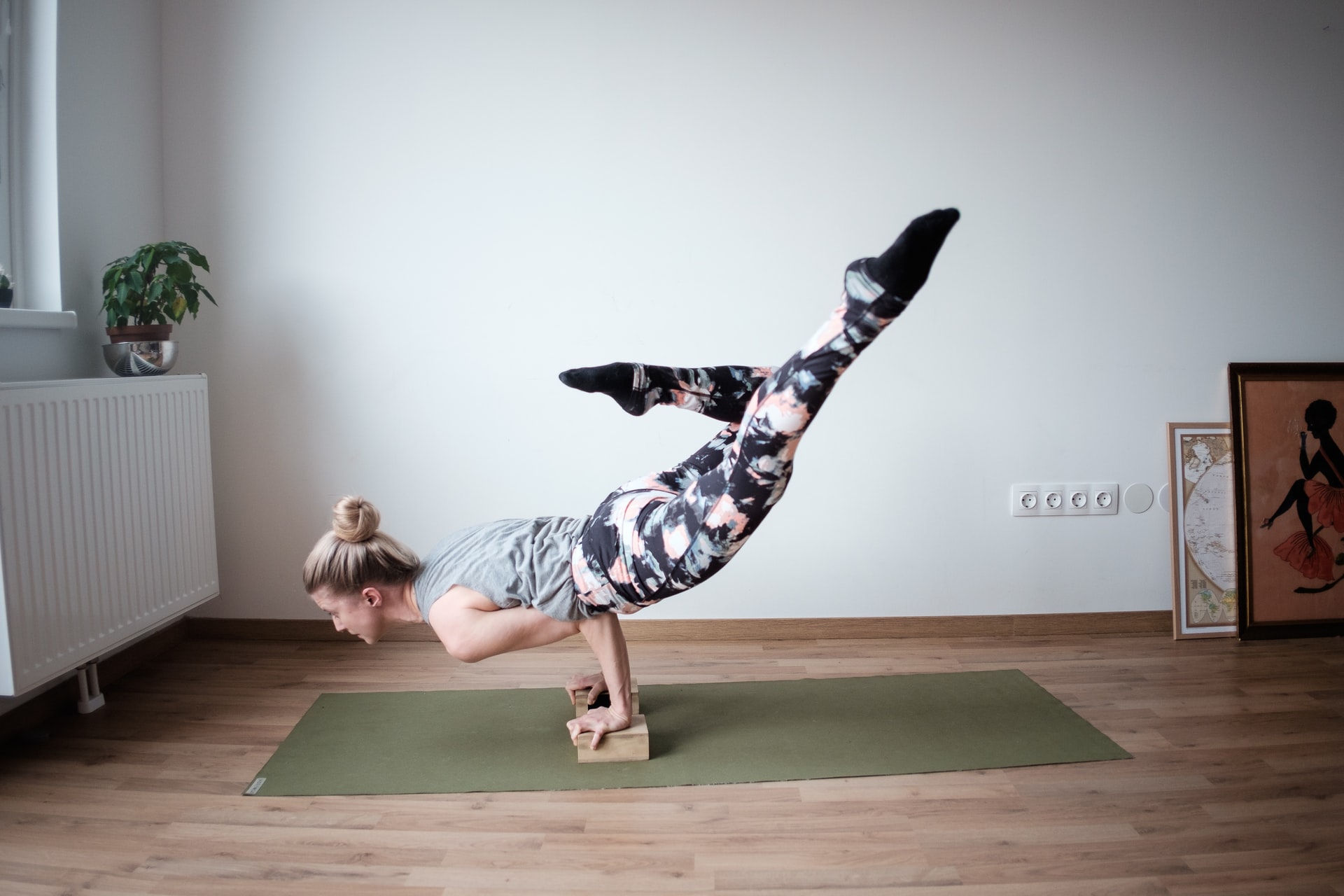Selling in the Information Age – Is Your Product Data Reliable?
The more we learn, the more we want to know. The ever-escalating prevalence of digital technology is feeding consumers’ thirst for knowledge – including detailed facts about the products they buy. Buyers are often searching for specific product attributes in a very cluttered marketplace. If they can’t easily access the details they are looking for, they move on.
Providing extended product information has become an imperative for retail and e-commerce success. Just getting to market can depend on providing a richly populated data set to support product promotion and transparency. Sellers providing inconsistent or incomplete information risk rejection from retailers and marketplaces, inventory snafus, delayed profits and poorly performing product listings. It’s a recipe for failure.
Getting technical
Information technology and standards can be leveraged today to solve those problems. The collection and exchange of up-to-date, accurate information is made possible with standardized data that all trading partners can generate, exchange and understand. GS1 Standards are being used across more than 25 industries to encode data, meet regulatory requirements where applicable (e.g., food and healthcare products), enhance systems compatibility, facilitate productive relationships between retailers and suppliers, and meet consumers’ increasing demand for product transparency.
GS1 Standards help businesses uniquely identify …





